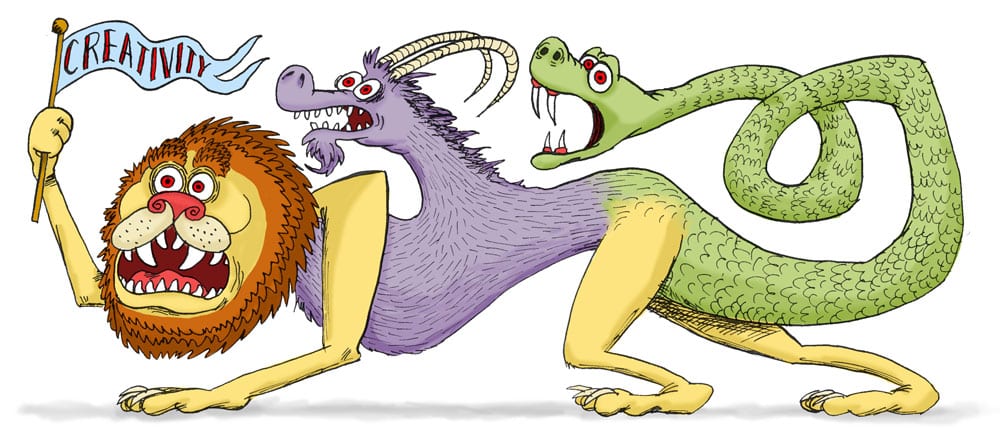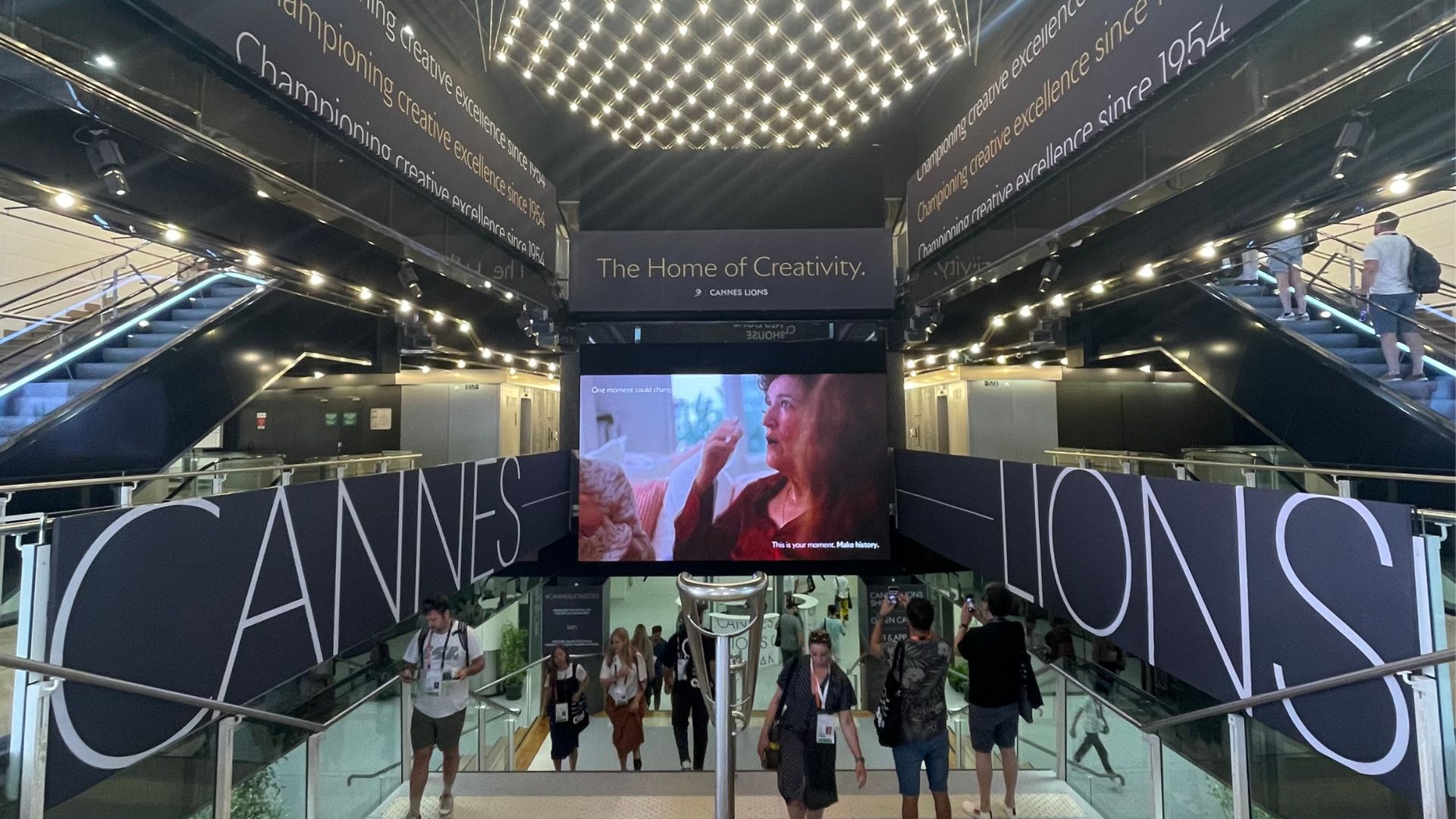Mythical monsters have always held a place of pride in popular culture – in recent years, vampires, mermaids, dragons, ogres, unicorns and Sasquatch have all had their moment in the spotlight. But one creature that you don’t hear much about is the chimera. Despite its impeccable pedigree – the earliest reference appears in Homer’s Iliad – its relative lack of visibility can probably be explained by the fact that it reads like a clumsy mash-up; it’s basically a fire-breathing lion with a goat springing out of its back and a snake for a tail. Not terribly photogenic.
“Chimera” is also used as a metaphor for a complicated assemblage of disparate parts, usually implying that the object or idea in question is fantastical or unsustainable. A chimerical idea lacks some of the elegance or practicality of a more streamlined concept. Maybe it’s a little lumpy, maybe it’s a little jagged. You can’t always take it in at a single glance. It may be tough to swallow at first, but, since it reflects the ambiguities and paradoxes of everyday life, this is not necessarily a bad thing.
Of course, there’s a very conspicuous chimera floating among us, in the form of today’s primary catch-all word for imagination, innovation and all points in between: CREATIVITY. When pundits and thought leaders talk about creativity, they’re not referring to a single idea or action – they’re talking about a broad swath of human activity, informed by a nearly infinite number of traditions, inspirations and processes. Just as there’s no single way of demonstrating love or leadership, there’s no one definition of creativity. Like a chimera, it’s a little bit of everything, all at once.
In business and the arts, much ink is spilled over what “works” for creativity. But crafting a single definition of creativity is like making a sculpture out of water – it won’t hold together. It’s telling that all of the literature on creativity ends with some variation of the sentiment: “Of course this doesn’t necessarily hold for everyone – do what works for you!”
So what does this mean for us in practical terms? Are brainstorms effective, or ineffective? Is creativity best practiced in groups, or by solitary individuals? Is it the result of ephemeral inspiration or committed, daily practice? The answer to all of these questions is, “Yes.”
This does not invalidate the countless individual theories and philosophies of creativity. Each of these approaches is a tile in the larger mosaic of creativity. They’re like the facets of a gemstone, or different episodes of your favorite TV show – they all add up to a bigger picture. You can debate which ones are better or worse, but that’s part of the fun – we don’t all have to agree. Creativity is bigger than us.
Ultimately, this all means creativity, like any mythical beast, is tough to wrangle. Fabulous monsters are notorious for not always doing what we want them to do, and so we often view them with suspicion at best, and fear at worst. Unlike many potentially frightening things, creativity is too big to be caged, and too important to shoot or run away from. It’s is the 800-pound chimera in the room. So how can we make the most of it?
- Feed it.
Like any animal, creativity needs a steady diet to stay strong. Fuel it omnivorously, with an indiscriminate diet of books, articles, videos, films, music, performances, works of art – it’ll eat anything.
- Shelter it.
For such an imposing monster, creativity can be surprisingly fragile. Give it a safe space – both physical space and calendar space – that can allow it to flourish apart from the distractions and demands of the workaday world.
- Exercise it.
Creativity’s no good if you allow it to atrophy into a blob. It requires daily practice – in the absence of immediate assignments, make up your own in order to keep your mind fresh and challenged (click to tweet). Make a pledge to create a small piece of content each day, or regularly mull over an ongoing problem.
- Groom it.
For all of its wild wooliness, part of harnessing creativity is knowing how to make it look good. Work on your writing and visual storytelling skills to help communicate your ideas as clearly as possible.
In the end, the creative chimera is full of contradictions – it demands a seat at the table while reserving the right to run free and unchecked. I say, let it do what it wants – like most fairy-tale creatures, it will pay you back if you treat it with patience, care and respect.



